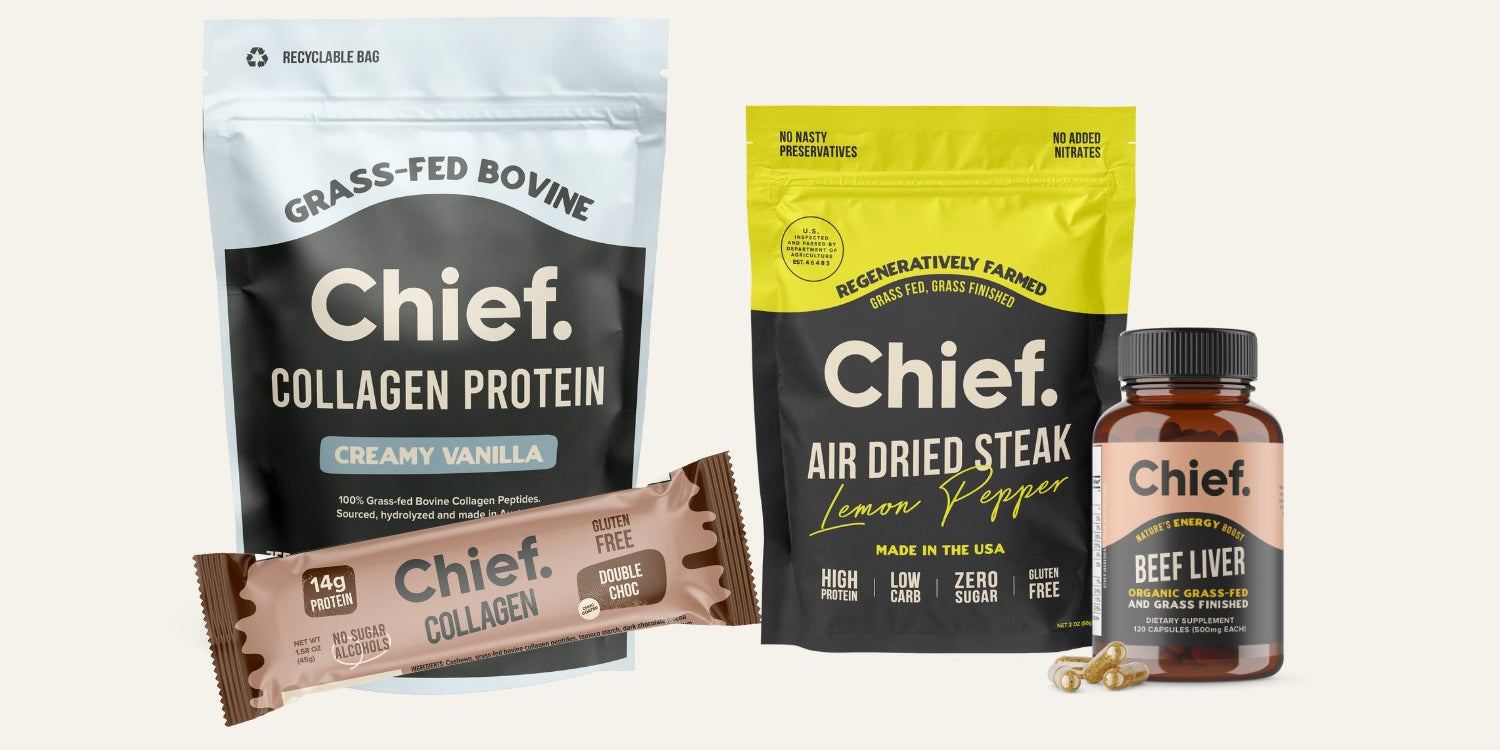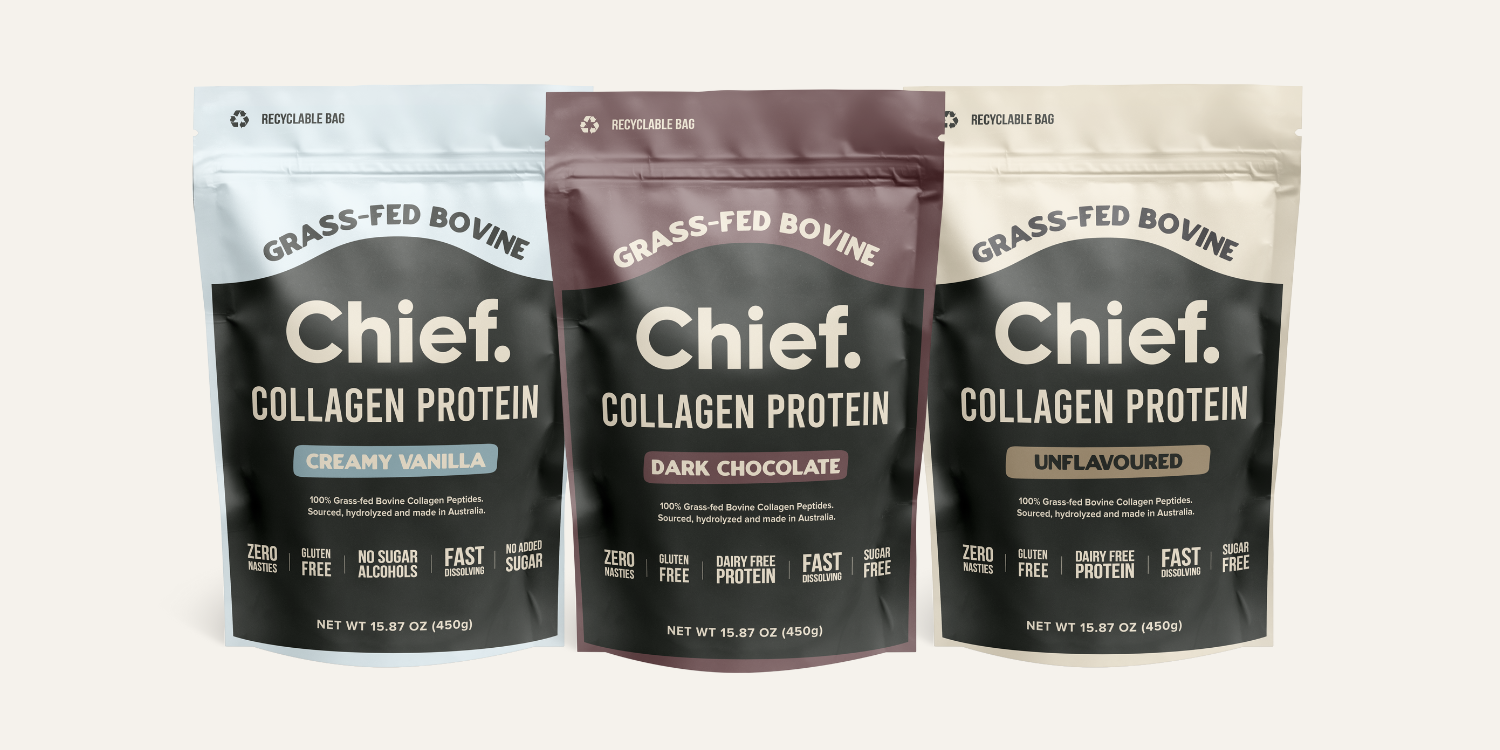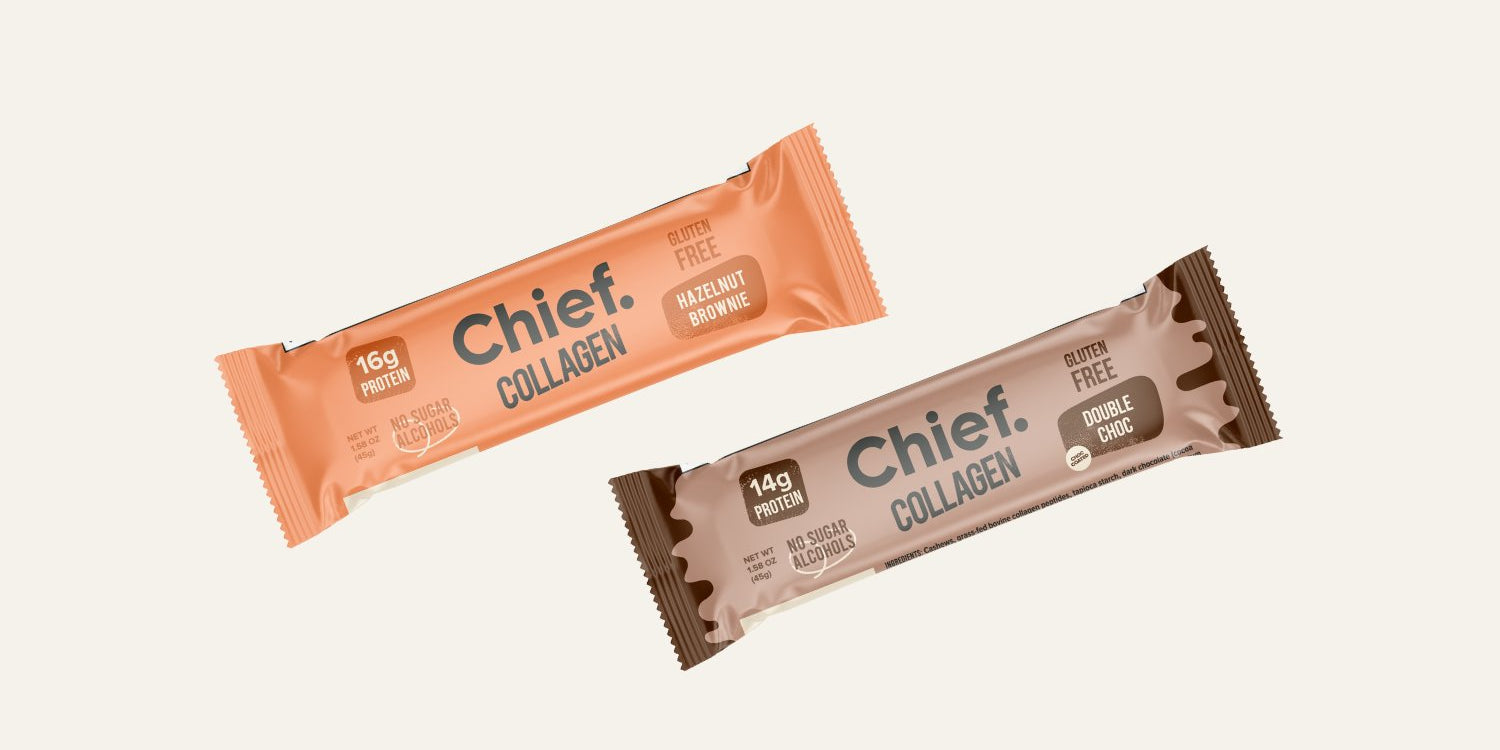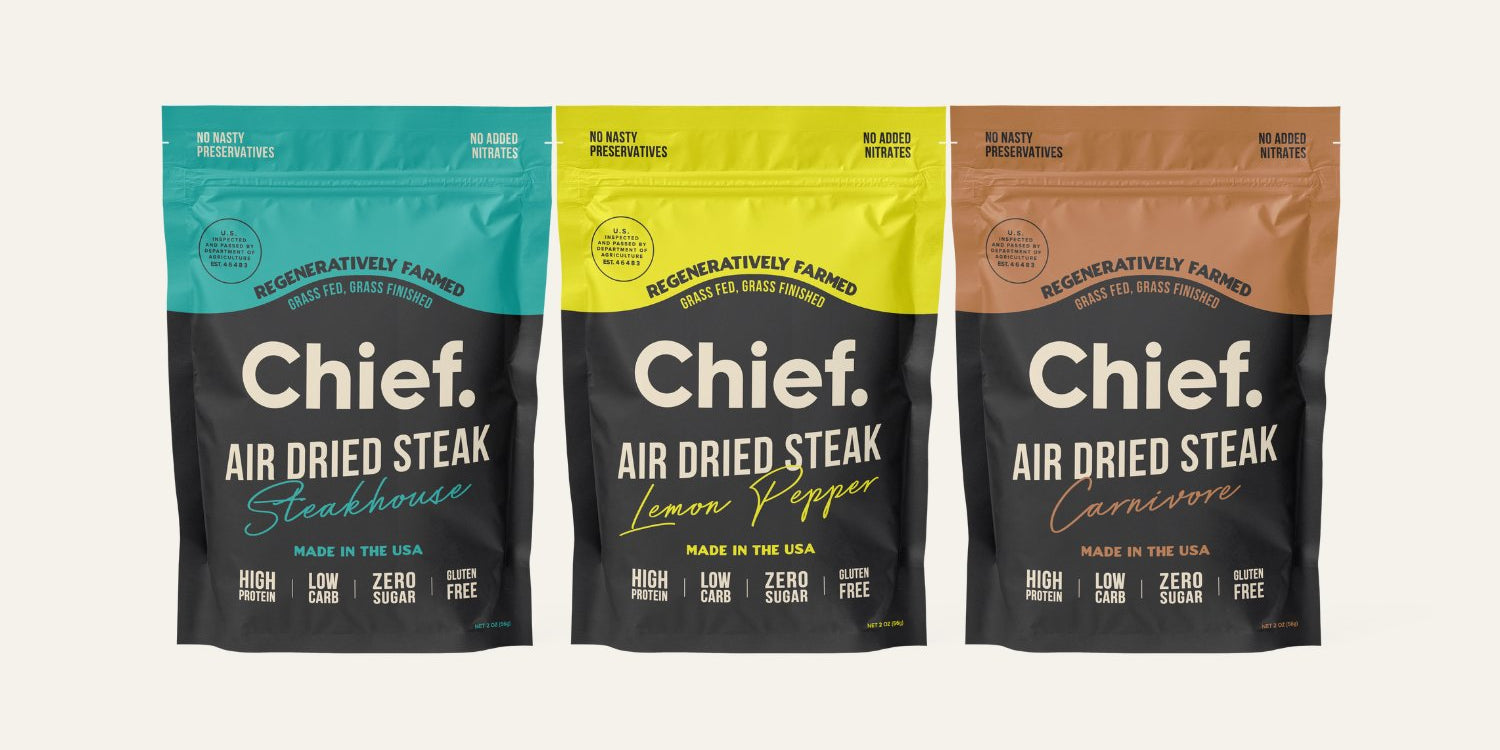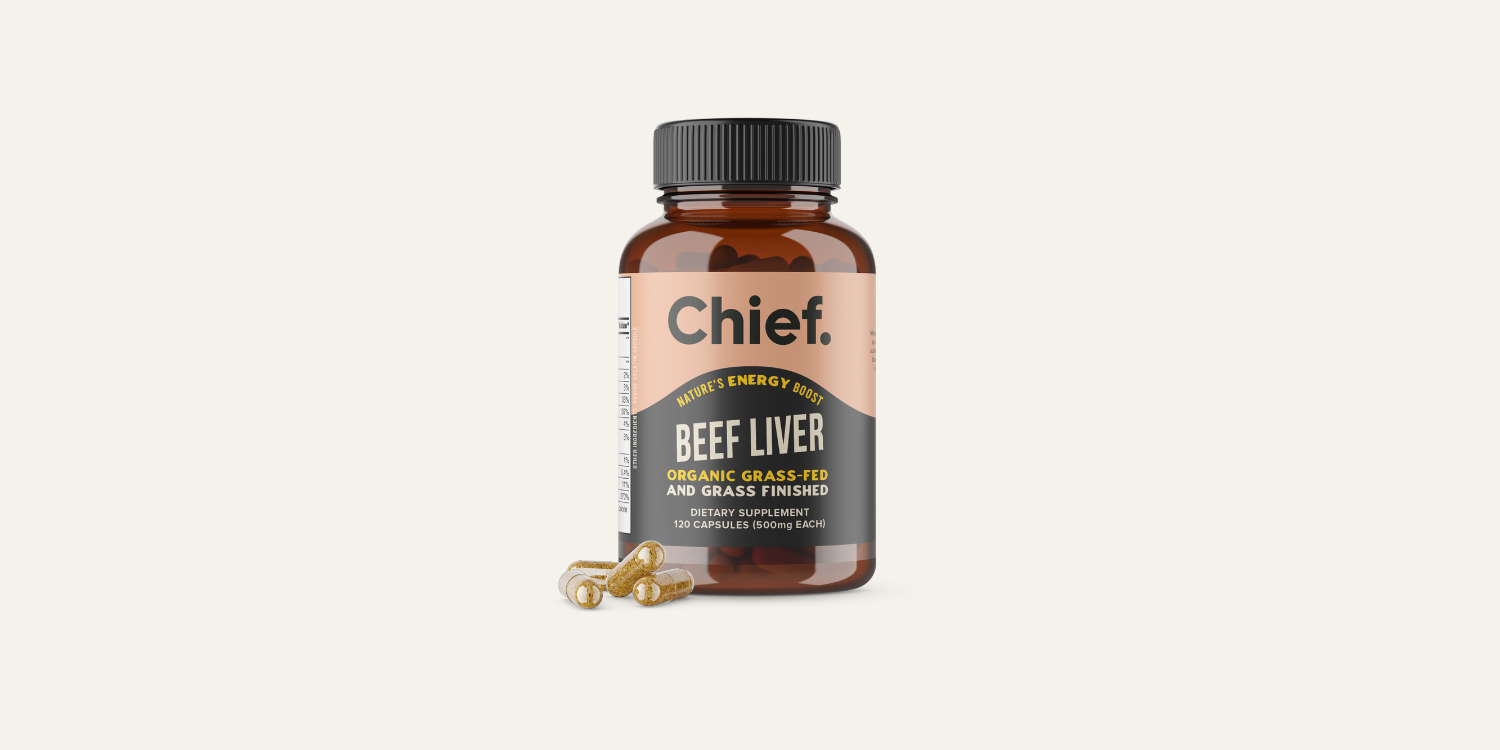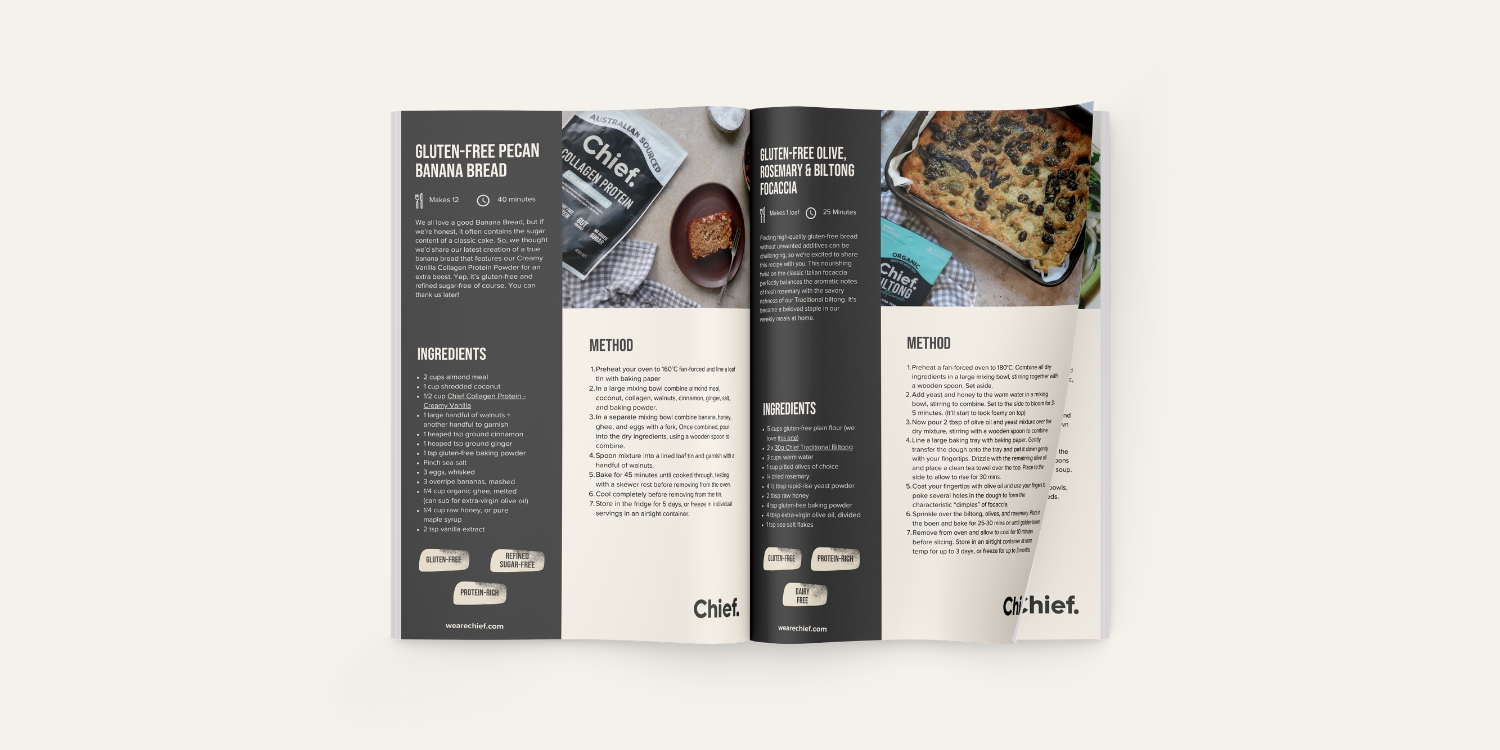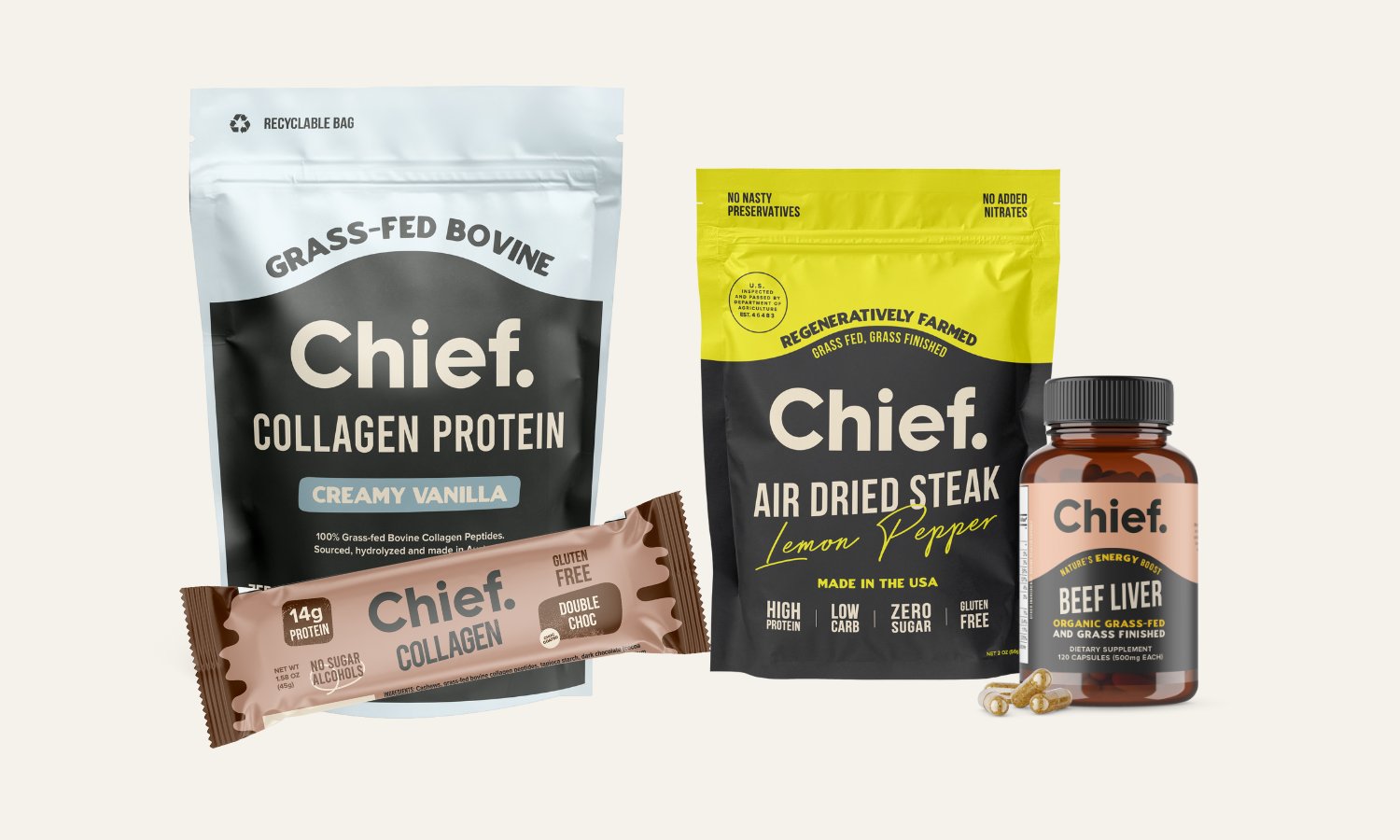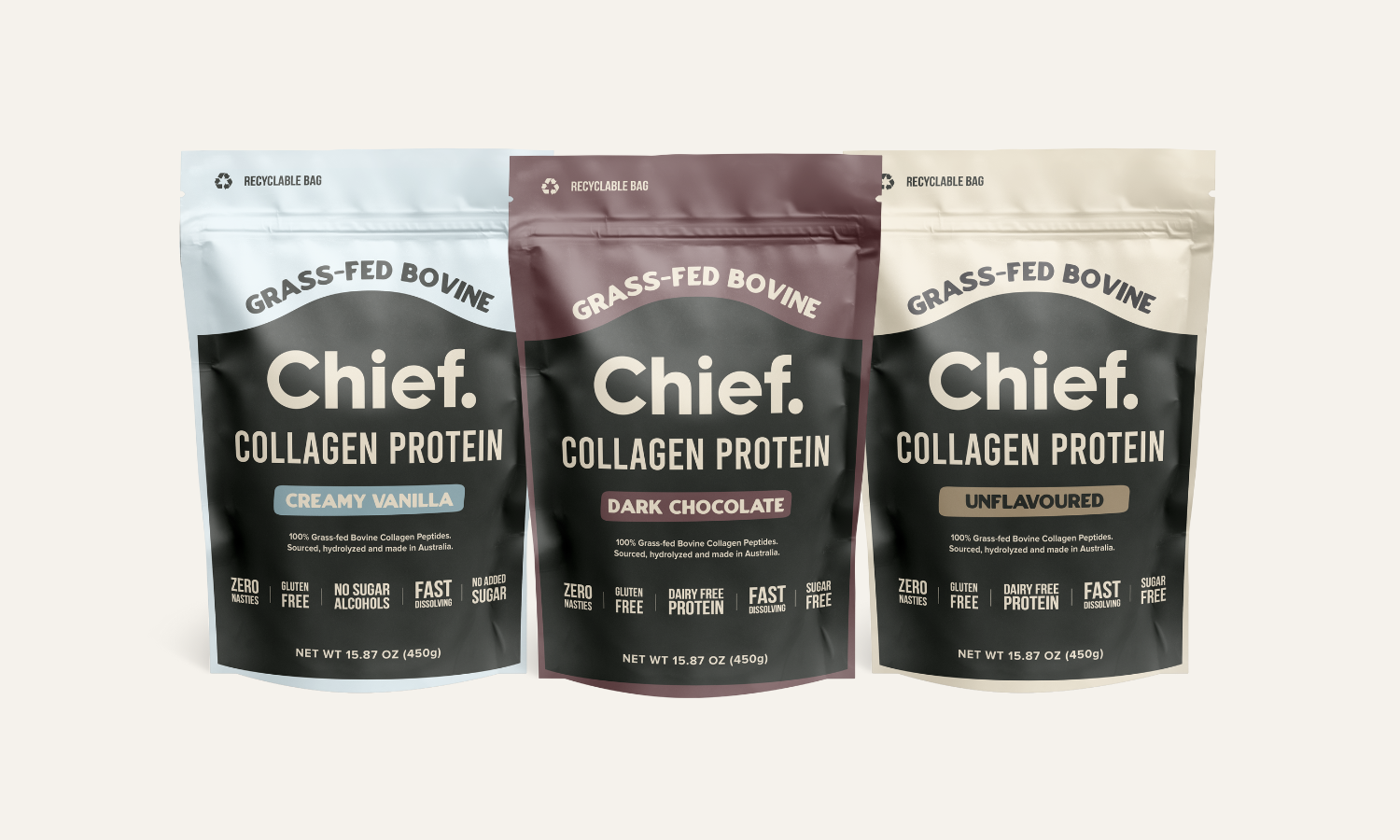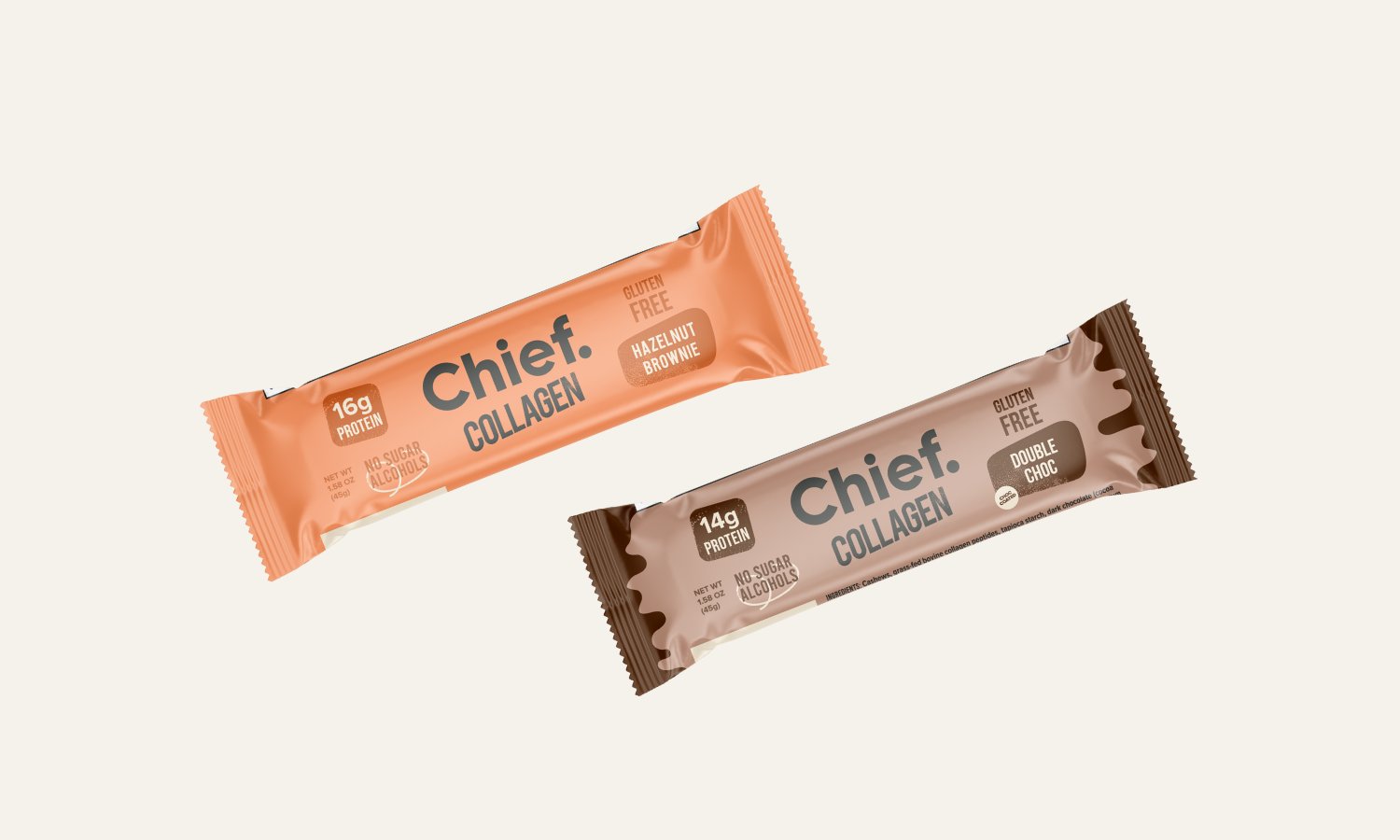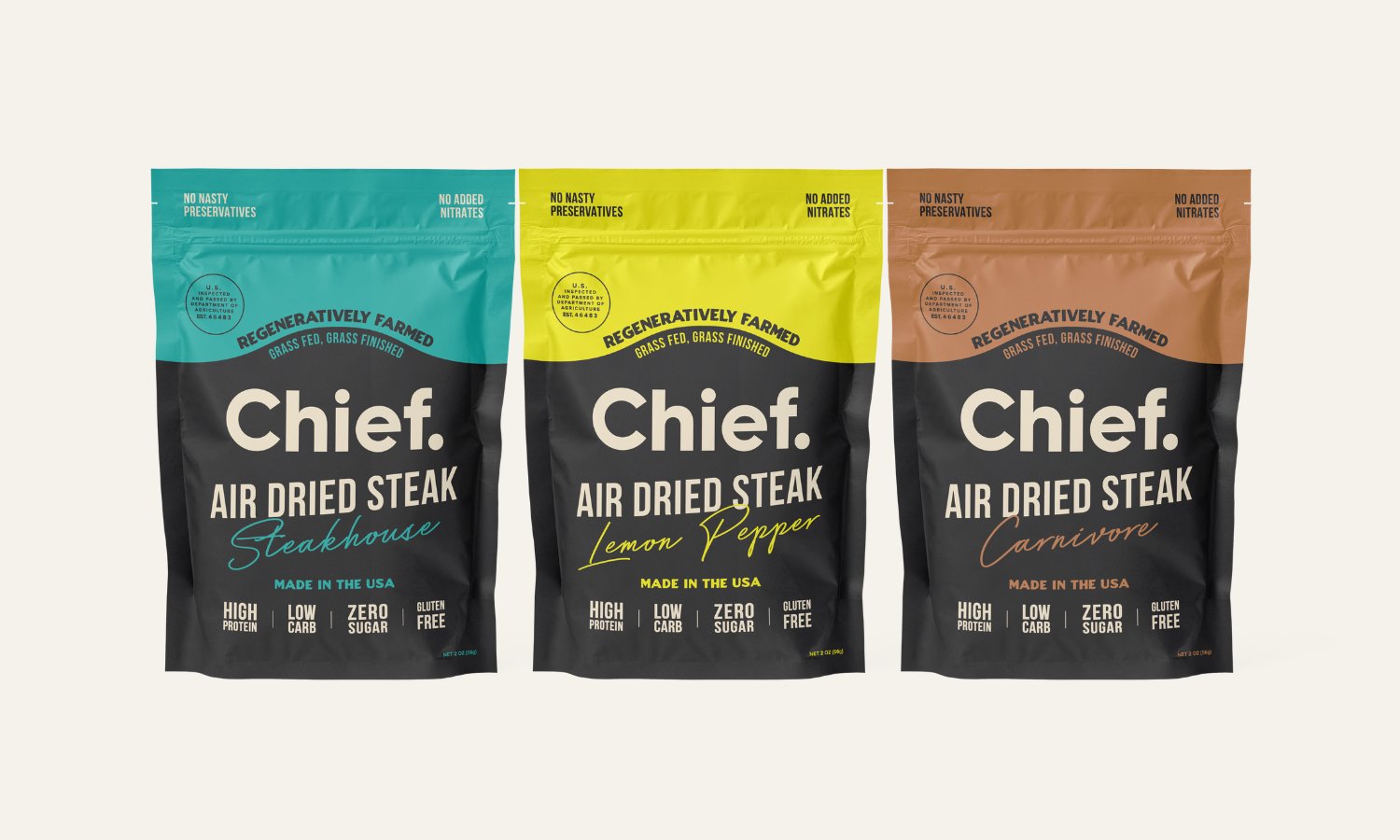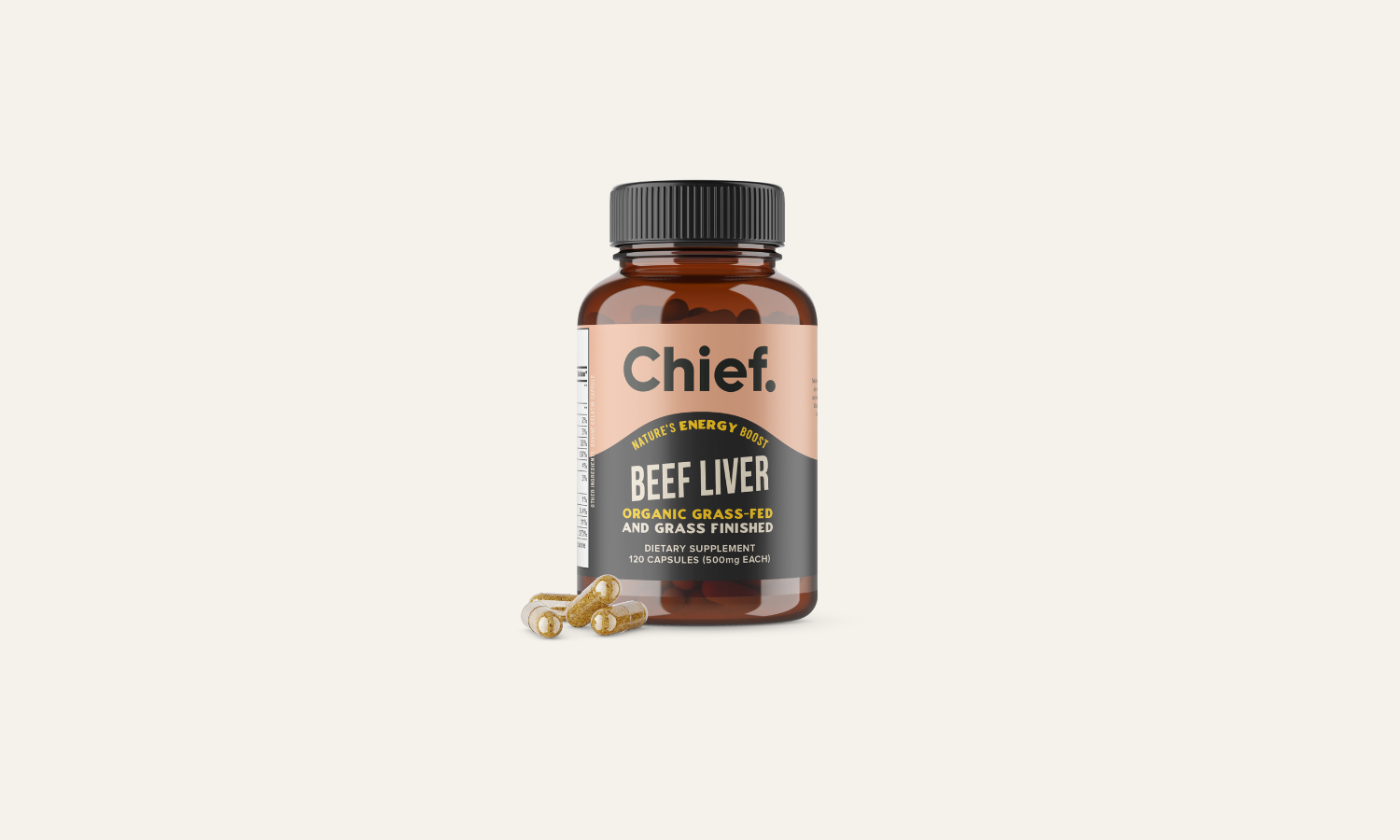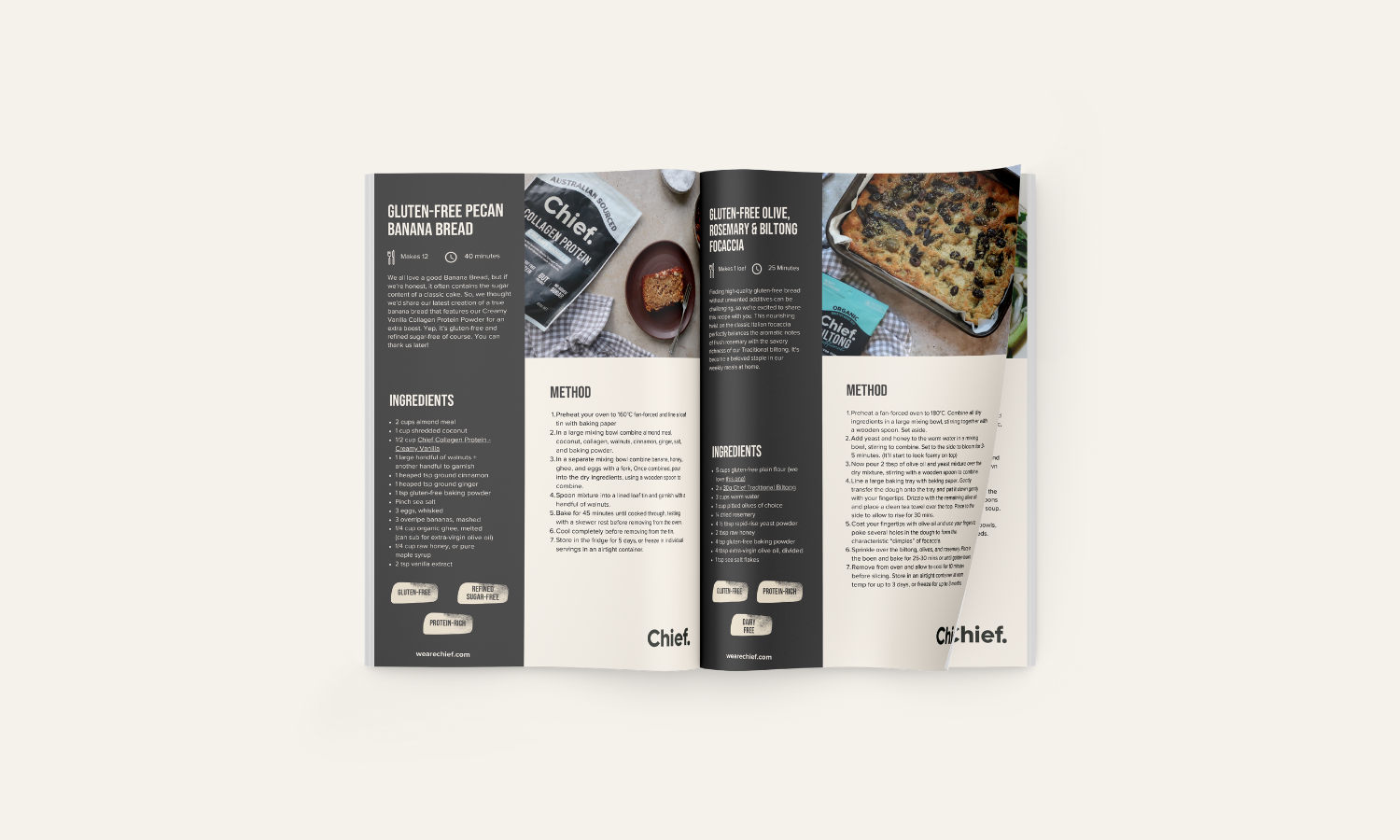When I was little, my mum made everything from scratch, including sweets, desserts, and snacks. Packaged foods were a luxury and more expensive than fresh food. I’m sad to see the tables being reversed and live in a world where ultra-processed and junk food is cheaper than fresh produce. The way most eat nowadays is called SAD (Standard American/Australian Diet), making people obese and sick.
When I try to explain the issue to my clients and friends, I often hear that eating healthy is not affordable. The good news is that a healthy diet doesn't have to be expensive! You can eat well without breaking the bank with some planning and smart choices. Here are some simple tips for healthy nutrition on a budget:
Have a plan
Everything works better with a little bit of planning. Create a weekly meal plan and make a shopping list accordingly. This will help you avoid impulsive buying and ensure you only purchase what you need. It also creates more mindfulness around eating and prevents food wastage, a big issue in the modern world. You can use meal-planning apps such as MealPrepPro. Or you can get a nutritionist to create an affordable healthy meal plan for you.
Hot tip: Plan your meals based on the ingredients you already have at home to save money and avoid waste.
Cook at home
Preparing meals at home is generally more cost-effective than eating out, and it’s always healthier. Even the healthiest-looking takeaway is often full of low-quality oils, artificial additives, and sugar. Focus on simple recipes that use affordable, whole ingredients. Batch cooking can also be helpful, as it allows you to prepare meals in advance and freeze leftovers for later. I love prepping my salads and veggies a few days in advance, adding fresh protein, or throwing in some biltong or beef bar when I’m time-poor. Another trick is to cook big batches of soups, stews and curries and freeze them in separate portions. I use glass jars and freeze one portion per jar.
Hot tip: Slice your bread, wrap each slice in a glad wrap and freeze.
Shop seasonally and locally
Choose fruits and vegetables that are in season, as they tend to be less expensive and more flavourful. Farmers' markets usually have inexpensive organic seasonal and local produce. Shopping this way benefits your health and the environment and supports your local farmers.
Hot tip: Buy ‘imperfect’ fruits and veggies. They are substantially cheaper and taste as good.
Avoid the ‘health halo.’
Many trendy ‘health’ foods are just ultra-processed junk in healthy-looking packaging and are often more expensive than whole foods. Opt for whole, unprocessed foods as much as possible. If you need convenient snacks on the go, become a ‘pack-flipper’ and learn to recognise good quality products. You can learn how in our blog about ultra-processed foods.
Hot tip: Once you find your favourite healthy snack, buy a whole box. It works out cheaper than buying singles.
Buy staples in bulk
Having nutritious staples that you can use for various meals is my number one money-saving trick. My favourite staple of all time is the Chief Biltong. I add it to salads, veggie bowls, soups, and wraps and use it to make a trail mix (biltong+ dried berries+ nuts). My other must-have staples are rice paper sheets, paleo wraps, mixed nuts, seeds, and quinoa. Get large bottles of olive oil, mustard, and vinegar to create your own condiments using fresh herbs to save money on expensive sauces.
Hot tip: Anything in large packaging works out to cost less per serving.
Grow your herbs
Fresh herbs are full of polyphenols, excellent for your gut health and turn any bland meal into a yummy dish. They will also make your kitchen window look pretty. I grow basil, parsley, coriander, and mint on my windowsill and add it generously to all my meals.
Hot tip: If you live in Australia, get cheap potted herbs or seeds from Bunnings.
Watch your portion size
One thing that you shouldn’t try to skimp on is good-quality red meat. Grass-fed and finished, free of hormones and antibiotics, is a must. Even better if it’s organic. But read meat is expensive, right? The truth is that meat prices went up, but the truth also is that a healthy serving of steak is 80g, not 400g. Buying 80g of organic grass-fed meat will work out cheaper than 400g of poor-quality factory-farmed meat. Fill yourself up on veggies and enjoy meat in the right amounts.
Hot tip: Each Chief beef bar is made from 80g of organic and regeneratively farmed grass-fed and finished meat. It saves you cooking time and money.
Drink water
Sugary beverages can add up both in terms of cost and calories. This includes the ‘healthy looking’ options such as coconut water and commercial kombucha. Stick to water as your primary drink, as it's affordable and the healthiest option. Filtered water is the best, but you don’t need to spend thousands on a fancy filtering device. Get a simple one to remove chlorine.
Hot tip: Get a large 2.5-3L water bottle and refill it with filtered water at your gym or work for free.
Let us know if you need help with your meal and shopping planning.
Veronika Larisova
Co-founder, Nutritionist, Exercise Physiologist
Follow Veronika on Instagram

